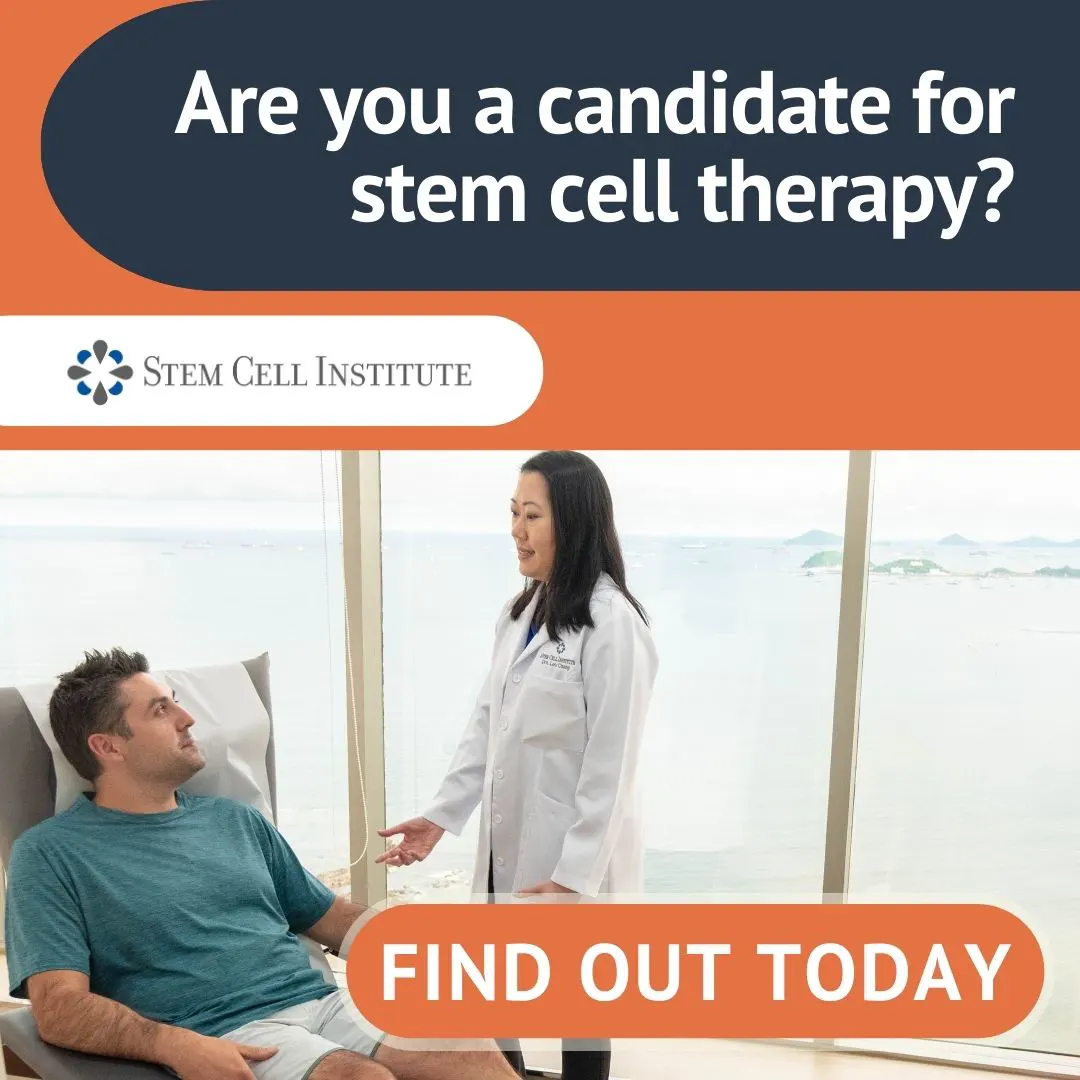Study co-authors are Hong Yu, Suresh M. Kumar, and Geza Acs, all from Penn; and Dong Fang, Ling Li, Thiennga K. Nguyen, and Meenhard Herlyn, all from the Wistar Institute, Philadelphia., University of Pennsylvania School of Medicine, July 12, 2006
New sources of adult stem cells appear to have the potential to differentiate into several cell types. Isolated by researchers at the University Of Pennsylvania School Of Medicine, the cells could one day provide the tissue required by individuals for treating a multitude of disorders. However, the approach to growing the cells must be put into overdrive to combat diseases such as Parkinson’s, spinal cord injury, and peripheral nerve disease.
“We are very excited about this new source of adult stem cells that has the potential for a variety of applications,” says senior author Xiaowei, MD, PhD, Assistant Professor of Pathology. “A number of reports have pointed to the fact that adult stem cells may be more flexible in what they become than previously thought, so we decided to look in the hair follicle bulge, a niche for these cells.” Xiaowei and colleagues report their findings in the latest issue of the American Journal of Pathology.
The researchers used an environment equal to that in human embryonic stem cell culturing. After isolating the cells from hair follicles, which were already a well known source of adult stem cells, researchers were able to grow a new type of multipotent adult stem cell from the scalp tissue provided by the National Institute of Health’s Cooperative Human Tissue Network.
Investigators gave the name “hair spheres” to the multipotent stem cells which grow in masses. They were able to separate the stem cells into multiple lineages after growing the “raw” cells from hair spheres using different varieties of growth factors. The lineages included nerve cells, melanocytes, and smooth muscle cells.
“Although we are just at the start of this research, our findings suggest that human hair follicles may provide an accessible, individualized source of stem cells,” says Xiaowei. The researchers are now working on inducing other cell types from the hair sphere cells and testing the cells in animal models.
Study co-authors are Hong, Suresh, and Geza, all from Penn; and Dong, Ling, Thiennga, and Meenhard, all from the Wistar Institute, Philadelphia.

